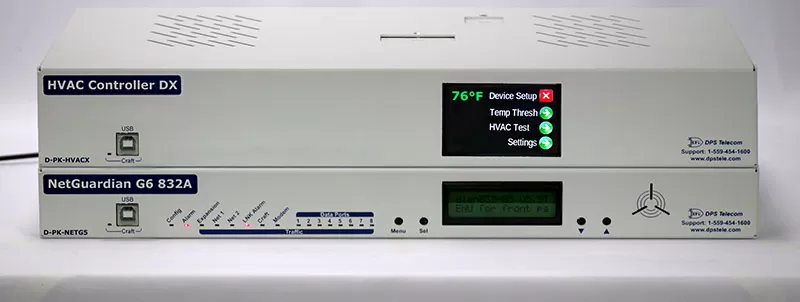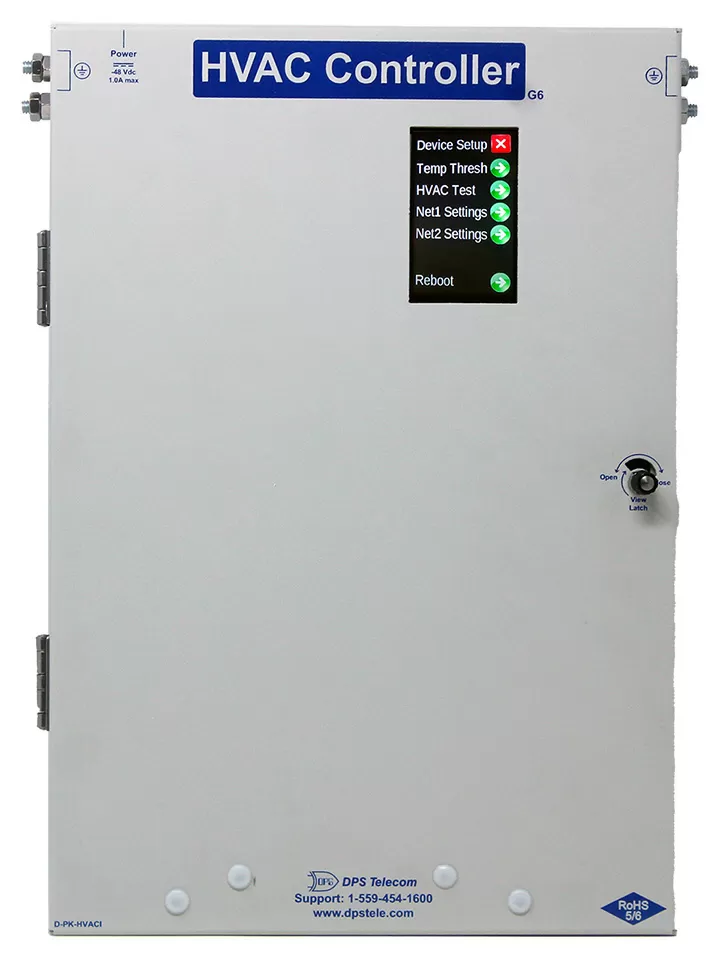Check out our White Paper Series!
A complete library of helpful advice and survival guides for every aspect of system monitoring and control.
1-800-693-0351
Have a specific question? Ask our team of expert engineers and get a specific answer!
Sign up for the next DPS Factory Training!

Whether you're new to our equipment or you've used it for years, DPS factory training is the best way to get more from your monitoring.
Reserve Your Seat TodayHVAC control systems come in different types with different elements. You have traditional analog inputs, pneumatic systems, digital controls, building automation systems, DDC systems, BMS building management systems, controller logic, and more. It can be a lot to handle.
But HVAC control systems are still incredibly important. These systems allow facility managers to monitor and control heating, ventilation, and air conditioning units, ensuring that they are operating correctly, meeting set points, and providing optimal energy efficiency.
If your facility is large and complex, then you may need a more comprehensive management system with multiple controllers and logic sequences of operations. On the other hand, if your needs are more straightforward, then you might be able to get by with simpler analog inputs and outputs.
So how do you evaluate an HVAC control system? Here are some factors to consider:
When it comes to evaluating and buying an HVAC control system for business and government facilities, there are several factors you must understand to make the right choice. You must consider them to ensure you get a system that meets your specific needs.

These 6 factors have consistently been present in my work with my clients at DPS. Aside from RTUs and central master stations, HVAC controllers are one of the most common device types we manufacture.
Let's go through these general buying criteria to keep in mind when shopping for any HVAC controller:
When you understand and utilize the above buying criteria, you can ensure that you choose an HVAC control system that meets your needs and improves the energy efficiency of your facility.

One option you have for your short list of HVAC control systems is the HVAC (Lead-Lag) Controller manufactured by DPS Telecom.
This controller can monitor and control up to six HVAC units for lead/lag operation and supports multi-zone buildings
It also comes with a convenient front-panel LCD touchscreen that enables technicians to run tests on each unit, configure controls and alarms, and see the status of all HVACs.

With regard to hardware I/O, the controller provides 12 general-purpose discrete inputs and 12 additional relay outputs.
The Lead-Lag Controller manufactured by DPS Telecom offers an effective solution for managing up to six HVAC units for optimal energy efficiency, cost savings, and maximum equipment life. You also get D-Wire support for dozens of daisy-chained sensors, making it a convenient and economical option for facility managers.
Let's now take a look at the time savings you can gain from D-Wire or any similar bus-powered and daisy-chainable sensors for use in remote facilities.
D-Wire sensors are a crucial component of the DPS Telecom HVAC control system. These sensors allow facility managers to track the environmentals (ex. temperature, humidity) of their telecom shelter using convenient daisy-chained sensors.
With D-Wire sensors, managers do not have to worry about analog capacity on their HVAC controller or a tangled mess of "home runned" wires. The sensors use simple RJ12 connectors, which enable daisy-chaining dozens of sensors to a single DPS HVAC controller's D-Wire ports.
You can run the sensor chain for hundreds of feet, monitoring the equipment's temperature and airflow output of each vent and multiple ambient room temperature and humidity sensors.
When you buy a HVAC control system, it needs power to work. Popular options are -48 VDC, +24 VDC, or 110/220 VAC.
By matching your device to your available site power (or using an AC wall transformer as needed), you'll avoid the need for additional installations or the need to return a purchase for something else.
This is why, at DPS, we commonly manufacture our devices in -48 VDC, +24 VDC, and +12 VDC build options. Some wide-range power inputs can even span two of those nominal voltages to give you flexibility.
As you can probably guess, I do this kind of thing a lot. Remote monitoring and control devices are the only thing we do at DPS. Over a span of nearly 40 years, we've learned most of the ways you can go wrong.
I encourage you to use this article, and the rest of the DPS website, in your search for your ideal HVAC control system. Depending on your needs, you may or may not need our HVAC Controller. It was designed originally for remote telecom huts, but the concept of cooling an enclosed space is fairly universal.
To speak with me or another DPS engineer about your project, just give us a call. Call 1-800-693-0351 or email sales@dpstele.com to get started now.

Andrew Erickson
Andrew Erickson is an Application Engineer at DPS Telecom, a manufacturer of semi-custom remote alarm monitoring systems based in Fresno, California. Andrew brings more than 18 years of experience building site monitoring solutions, developing intuitive user interfaces and documentation, and opt...